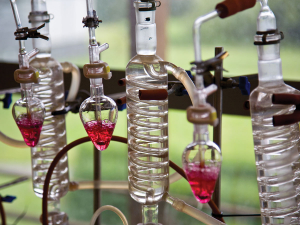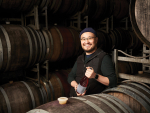With funding of $10.3 million, the five-year Pinot Noir research programme is already breaking ground in terms of knowledge of this fickle grape and capricious wine.
Into its second year, the programme is led by the Bragato Research Institute, with Plant & Food Research, Lincoln University and the University of Auckland, and is co-funded by NZ Winegrowers and the Ministry of Business, Innovation and Employment (MBIE) through its Endeavour Programme.
The aim is to determine if there is any truth in the assumption that high yielding Pinot vineyards do not produce high quality wines, says Matias Kinzurik, BRI’s Research Manager.
“This is what we call the production/quality seesaw and we are trying to understand if there is any truth to this claim. And if so, how can we break this seesaw.”
The programme has four main impact areas.
Number one is about defining what quality Pinot Noir wine is, both to a wine expert and a consumers.
Number two is studying all the viticultural and winemaking factors that might contribute to that definition of quality.
Third, what are the perceived sensory aspects of quality and what is the chemistry behind those quality attributes.
Fourthly, the programme wants to integrate all that work in an impact statement, called Validation Wines, which will bring all the knowledge together, to recreate wines in a controlled way and then testing to determine if the wines are moving towards or further away from those definitions of quality.
Kinzurik says a lot of the information the programme is working towards is ground breaking.
“A lot of what we are trying to accomplish is brand new, so no one else in the world has done this.”
Preliminary data is now being analysed from the past 18 months of work and while that won’t be released for a few months, Kinzurik says early results are proving interesting.
“What we are seeing is that there is distinct chemistry lining up to quality perception. And there is distinct chemistry lining up to yield. The most interesting thing is that those two sets of chemistry do not necessarily match. That is great news for our programme, because it means there is at least some distinction between what quality and yield do.”














